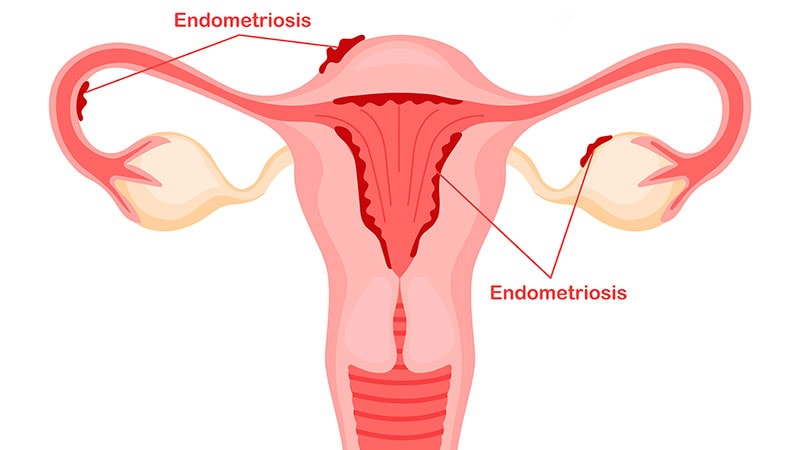The introduction of a digital alert system to monitor patients with sepsis has led to a reduction in deaths and hospital stays and increased odds of receiving timely antibiotics, a new UK study has found.
The study, published in the Journal of the American Medical Informatics Association, is the first evaluation of a digital sepsis alert system in a British hospital trust and the largest undertaken anywhere to date.
The digital sepsis alert system was introduced at Imperial College Healthcare NHS Trust's hospitals in 2016 within emergency departments and inpatient (acute and haematology) wards. The system monitors a range of changes in patients such as temperature, heart rate, and glucose levels and alerts doctors and nurses if they fall outside safe parameters so they can investigate further.
In addition to the alert, Imperial College Healthcare NHS Trust designed a multidisciplinary care plan which is launched in the electronic patient record system when a clinician confirms a diagnosis of sepsis.
In total, there were 21,732 patient encounters with at least one alert between the study period October 2016 and May 2018.
The researchers found that patients who triggered the alert had lower odds of in-hospital death (odds ratio [OR] 0.76; 95% CI 0.70-0.84; n=21,183), as well as increased chance of receiving timely antibiotics (OR 1.71; 95% CI 1.57-1.87; n=4622), and lower chance of staying in hospital for more than seven days (OR 0.93; 95% CI 0.88-0.99; n=9988) than patients who were receiving standard care.
The study suggests the alert system was able to alert clinicians to deteriorating conditions in patients and, as a result, investigations and treatment plans were implemented more quickly.
The team will now carry out a larger study involving more NHS hospitals to see whether the results are the same in a bigger patient group.



